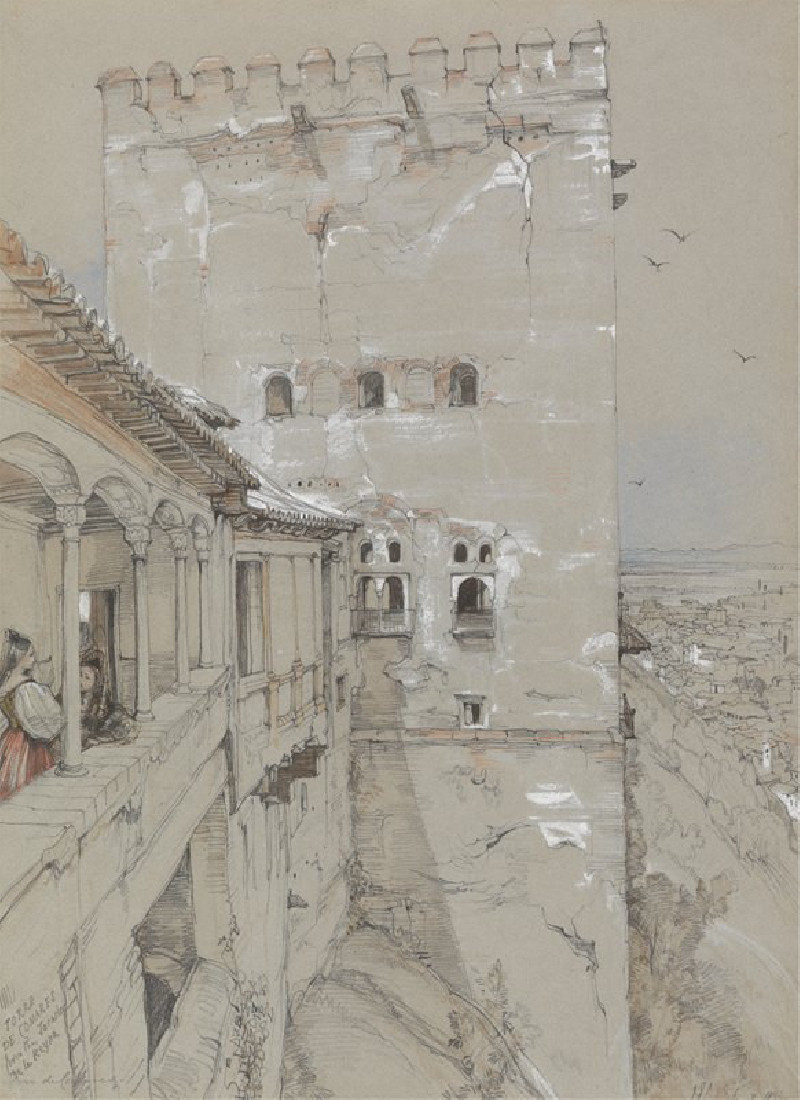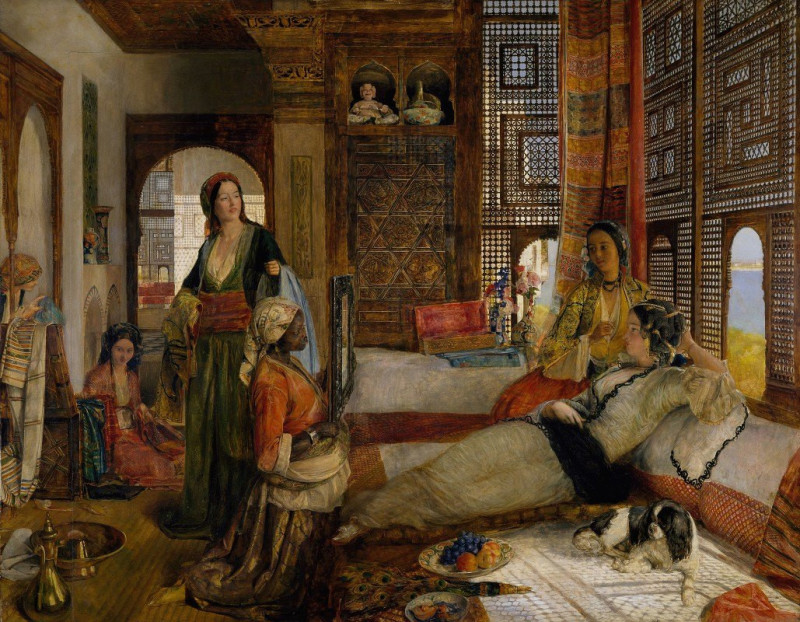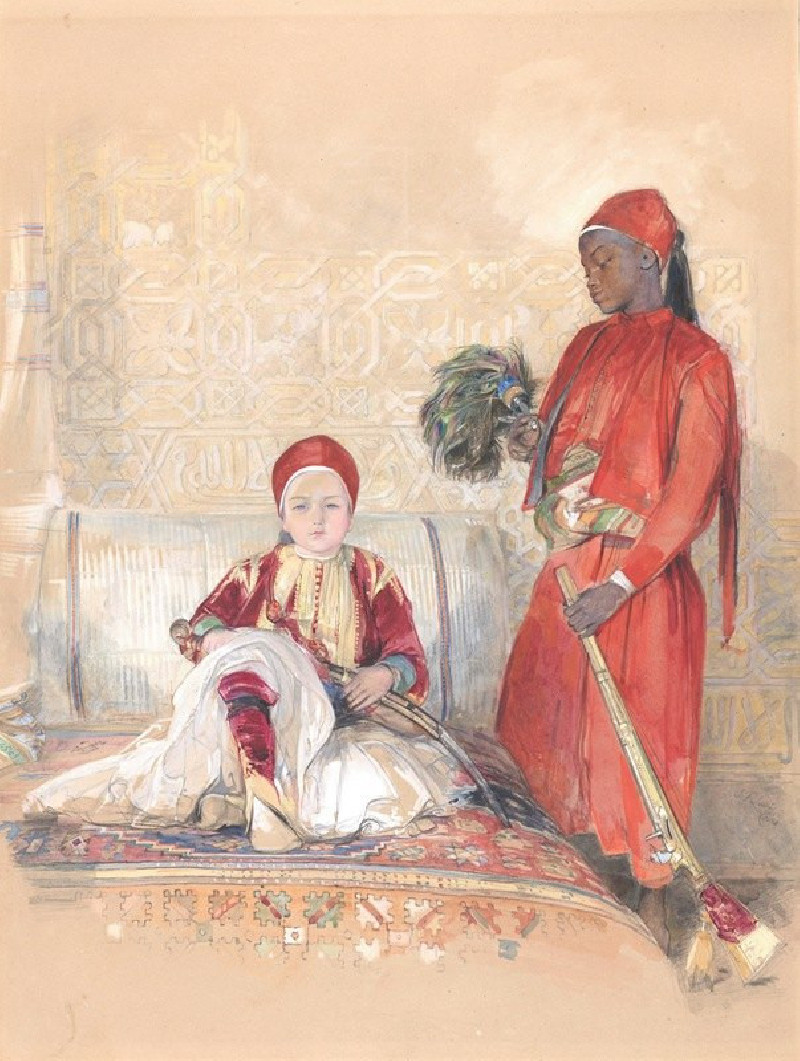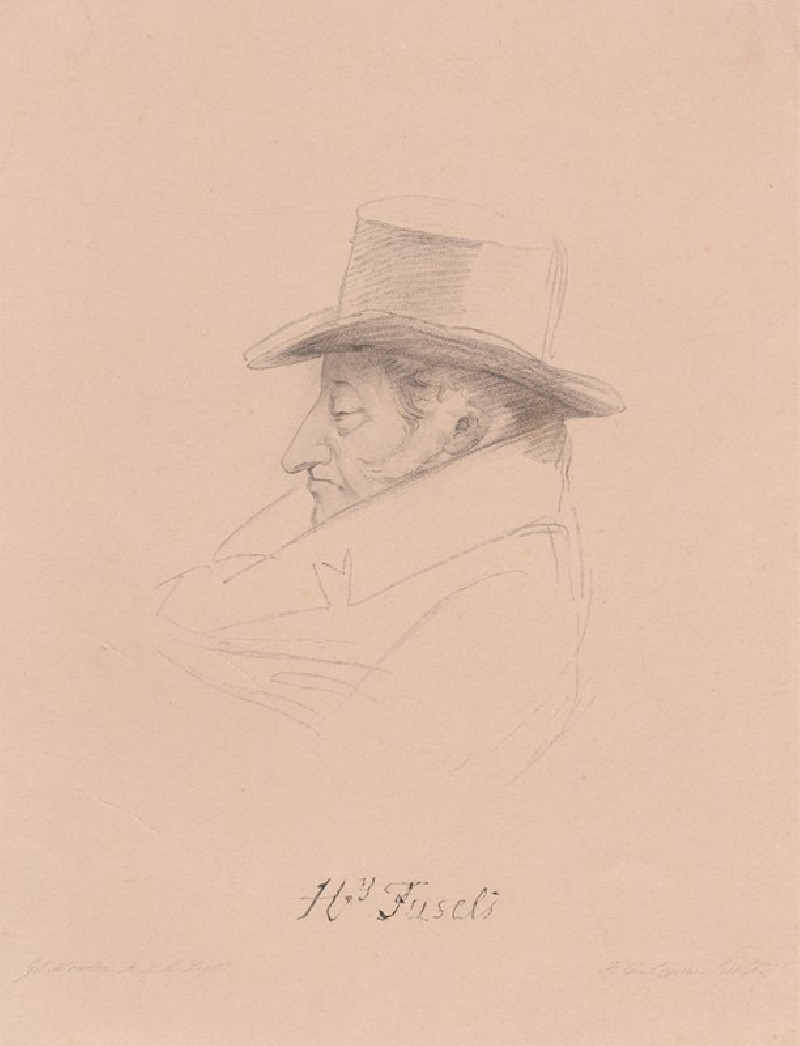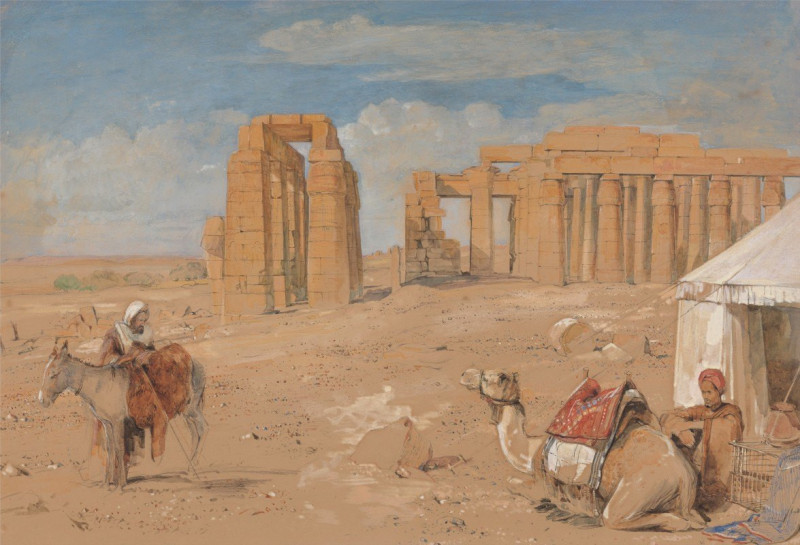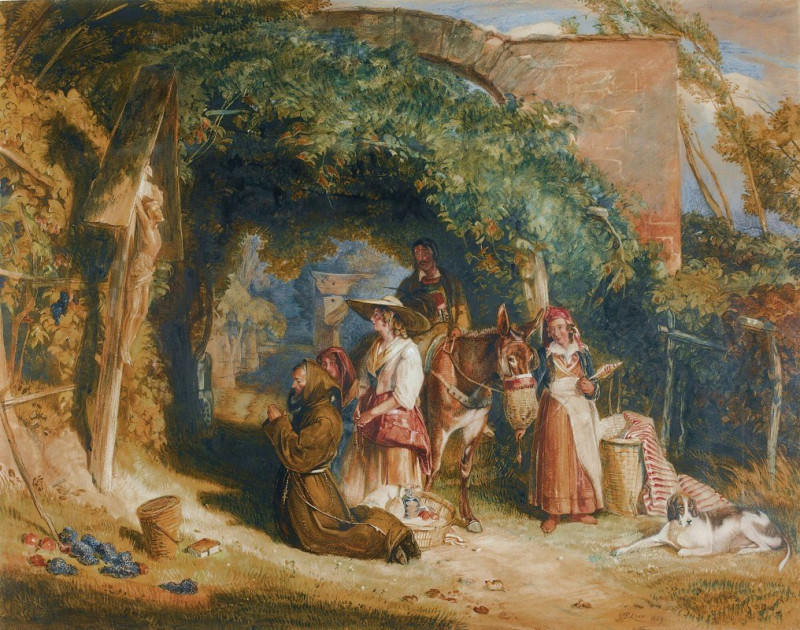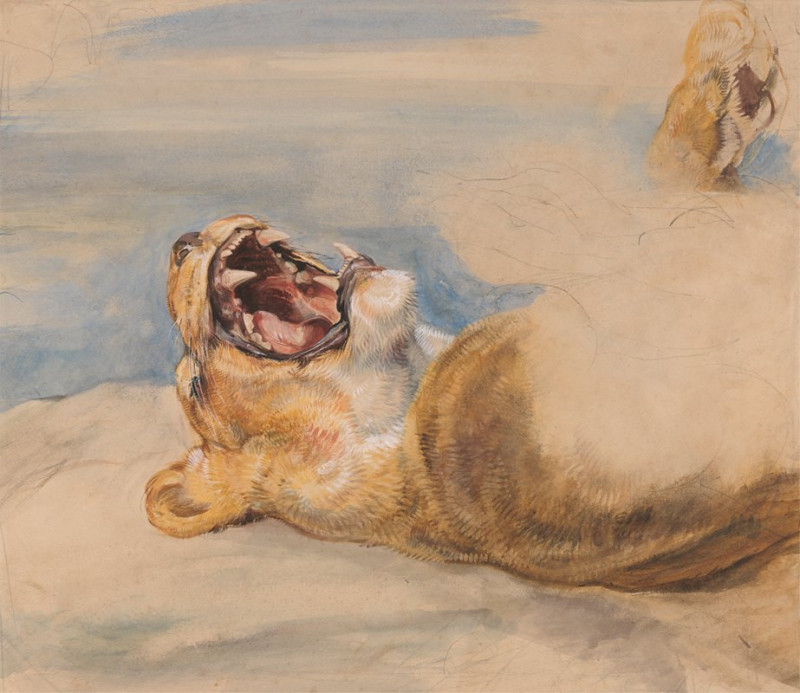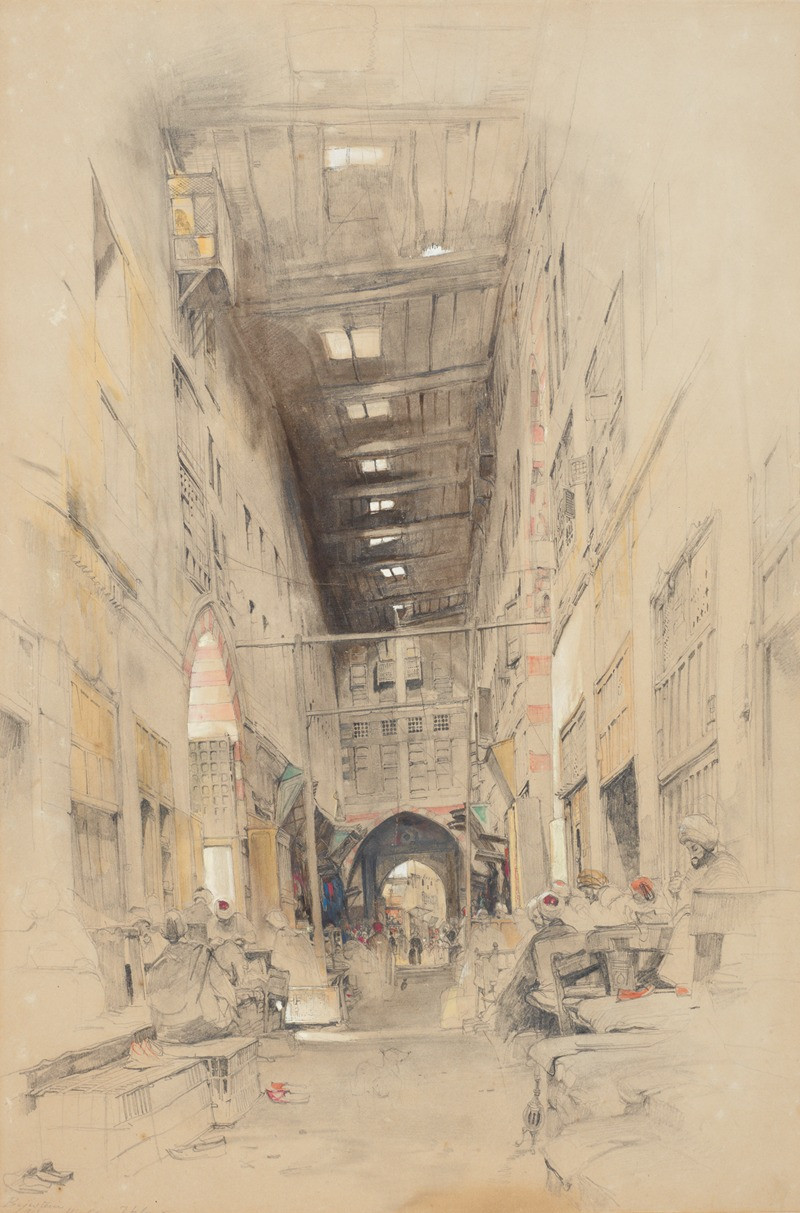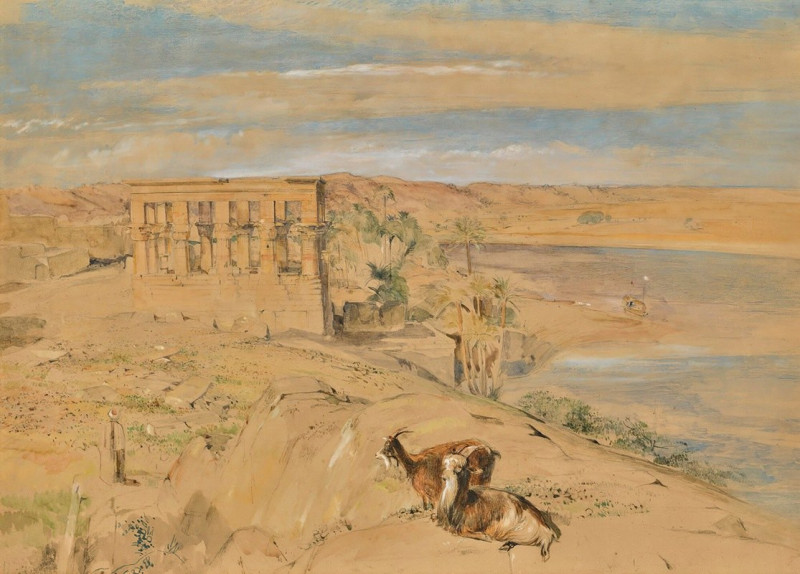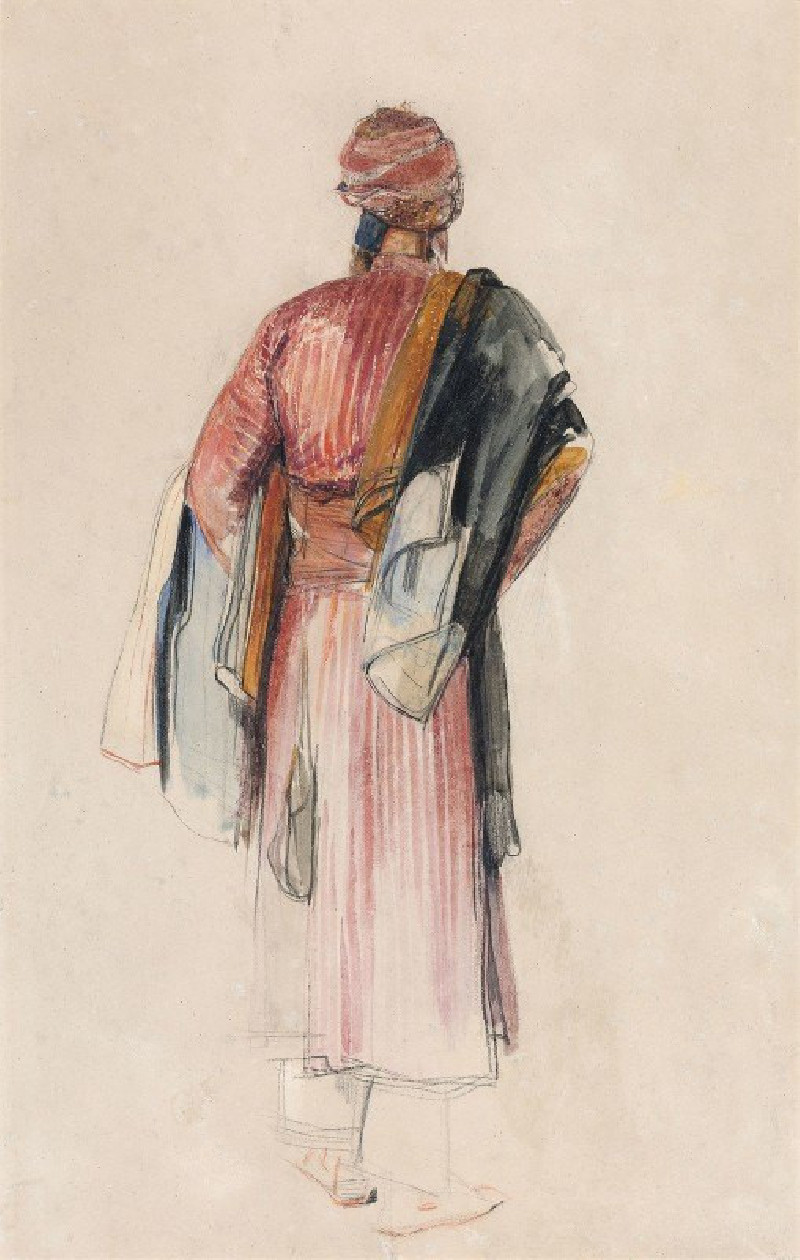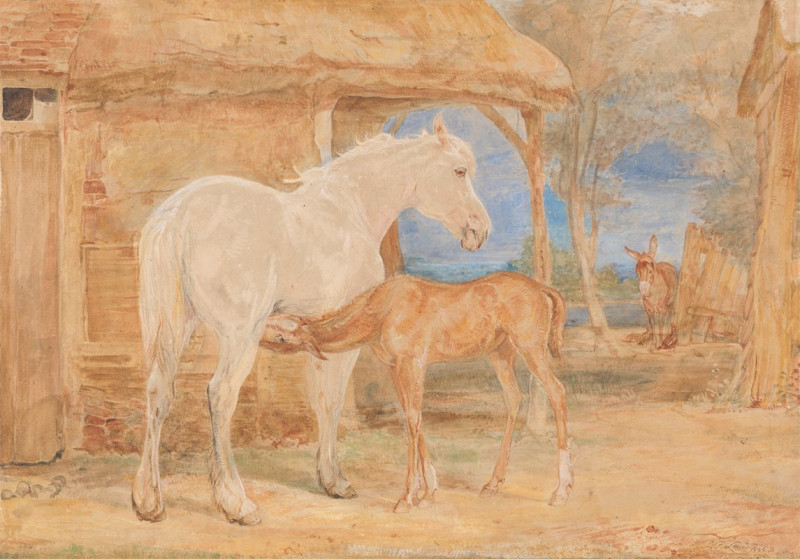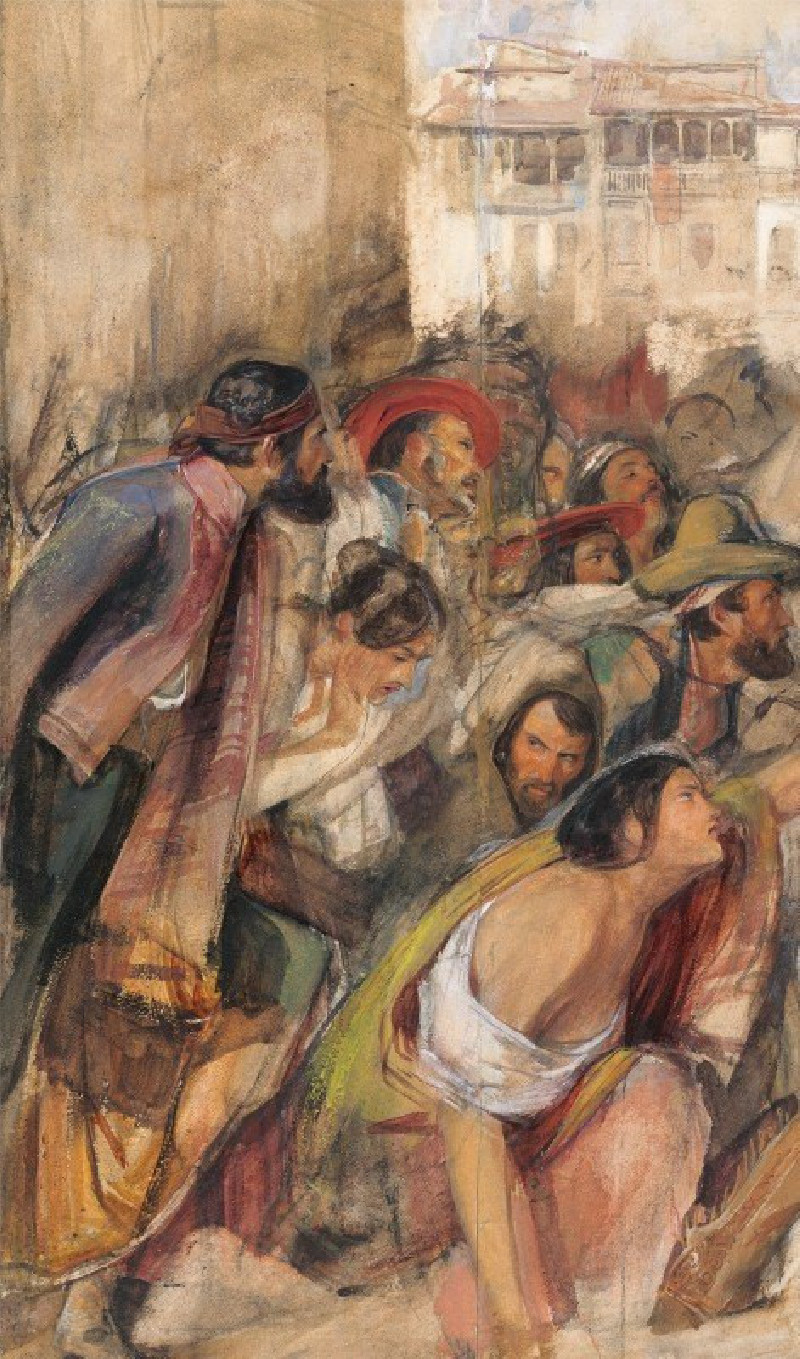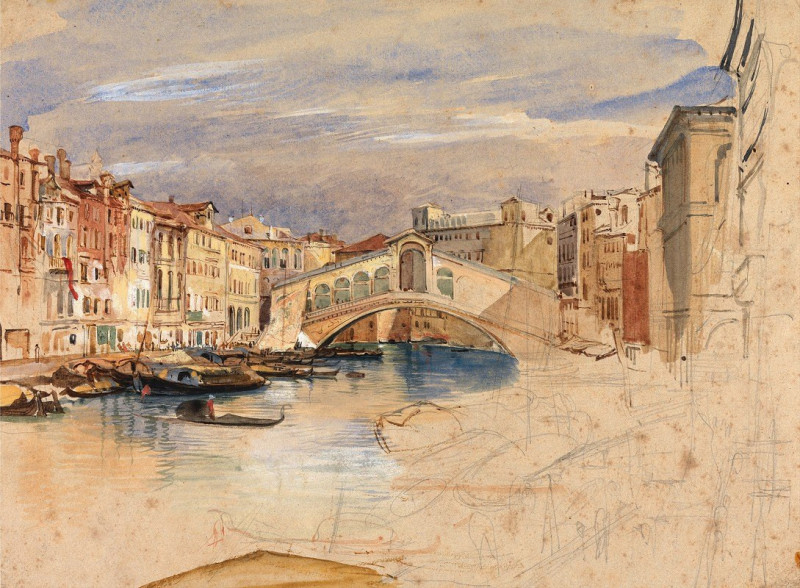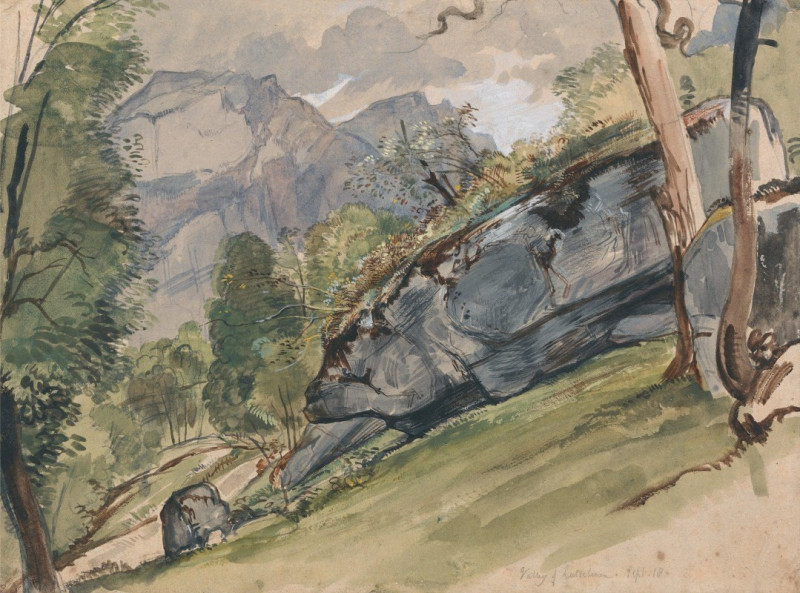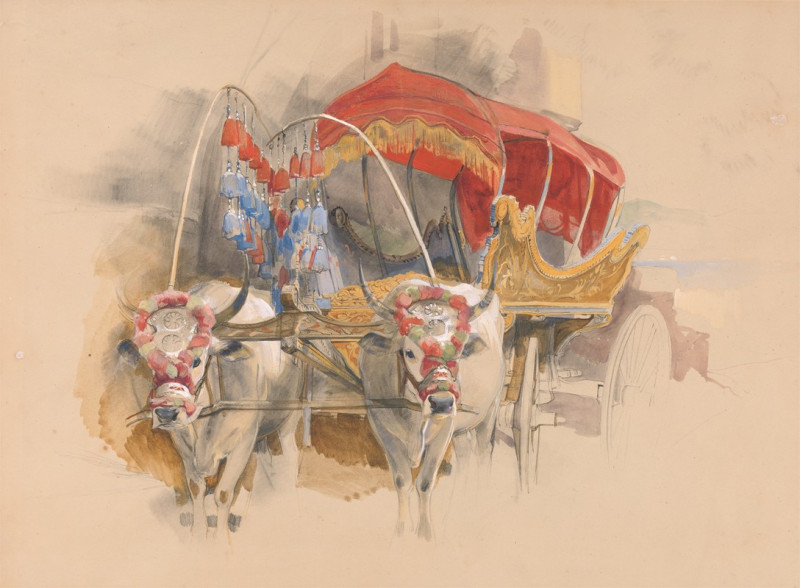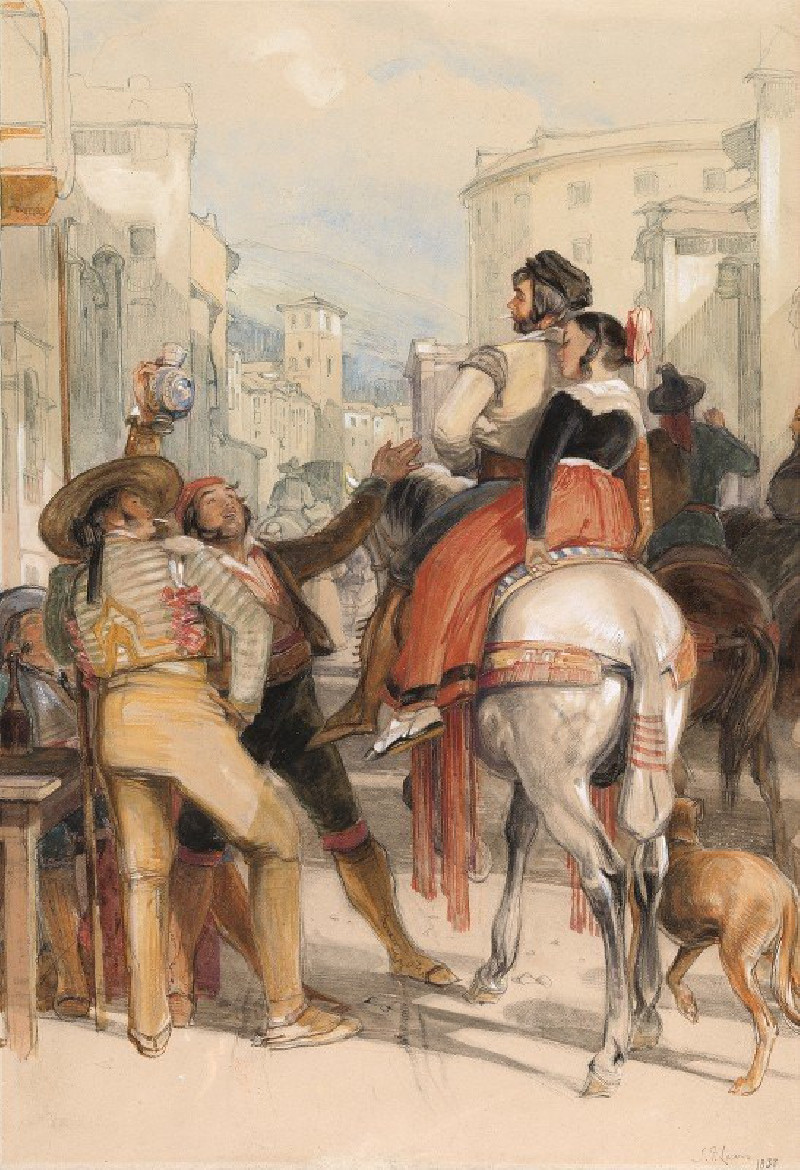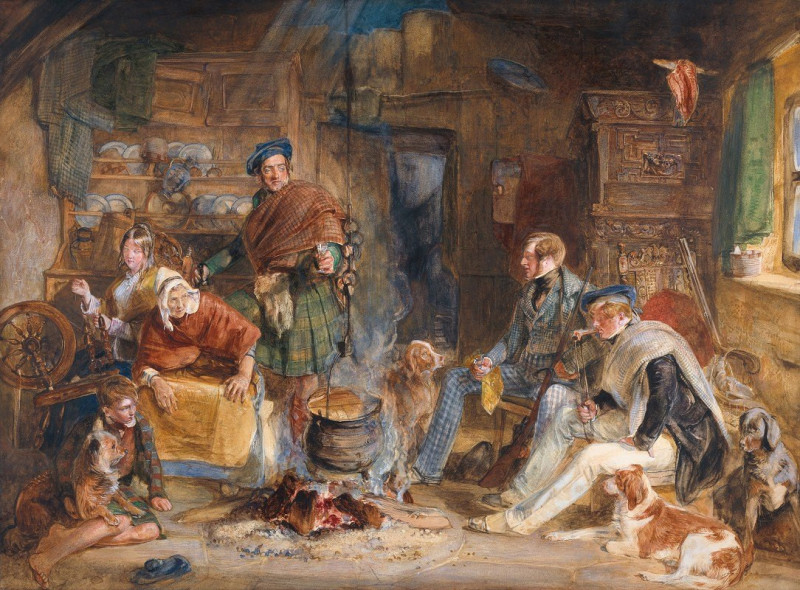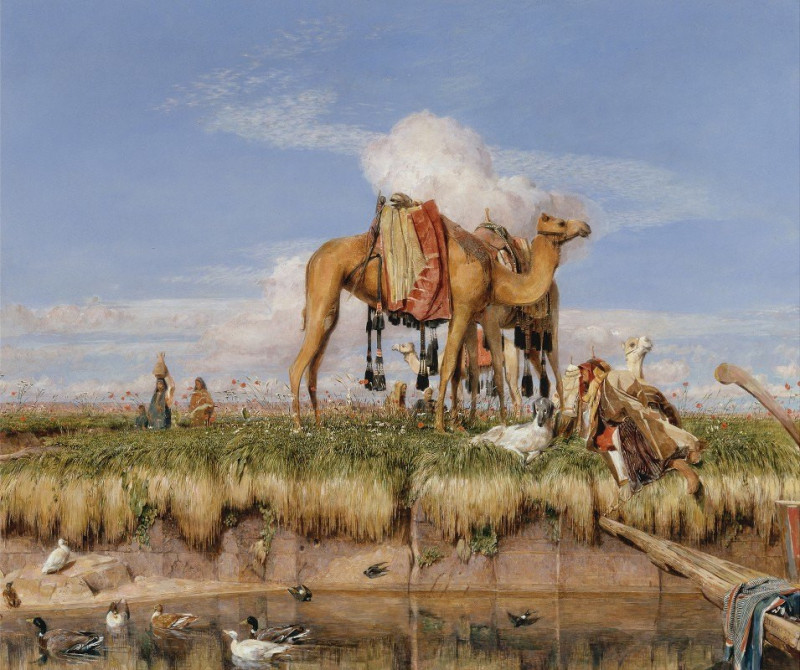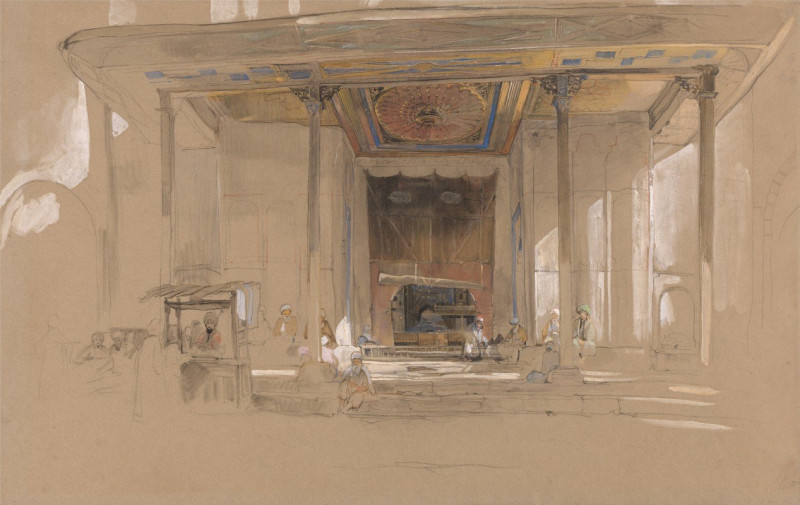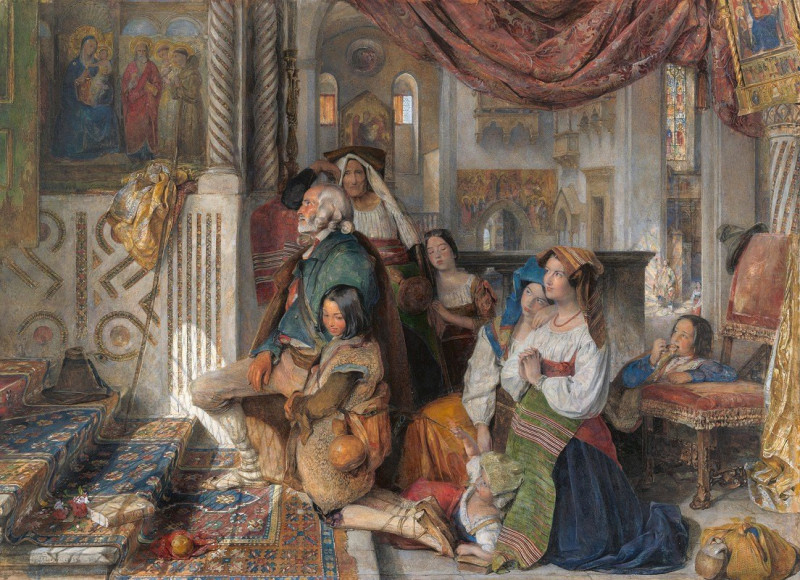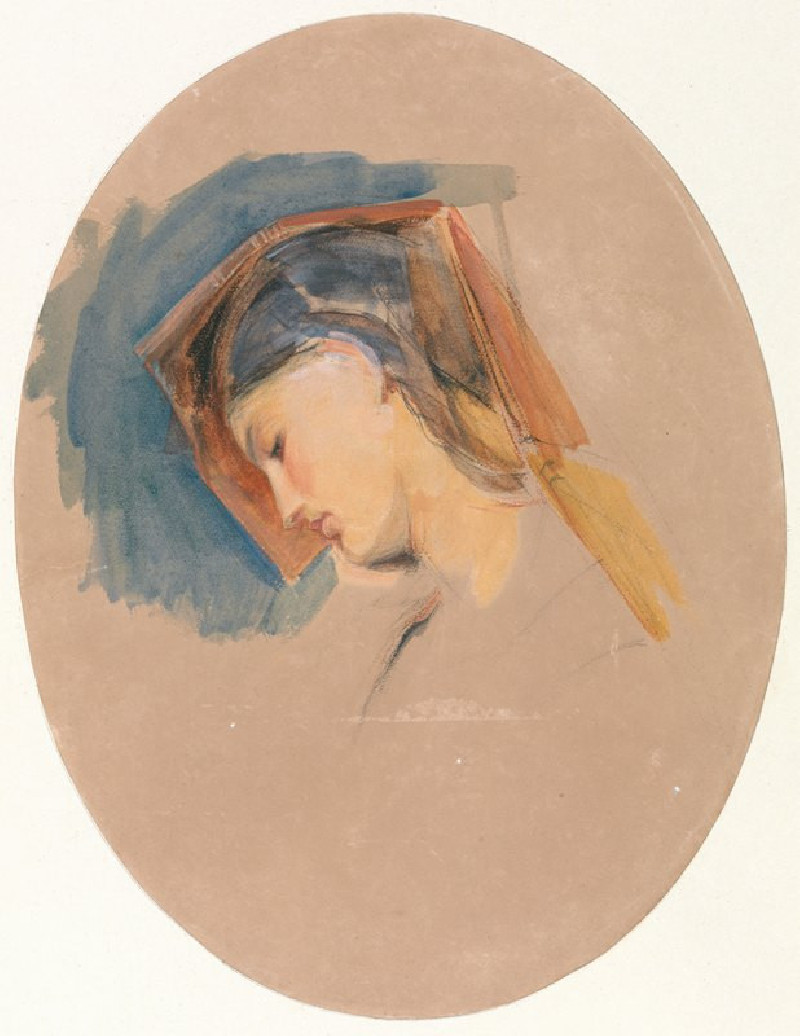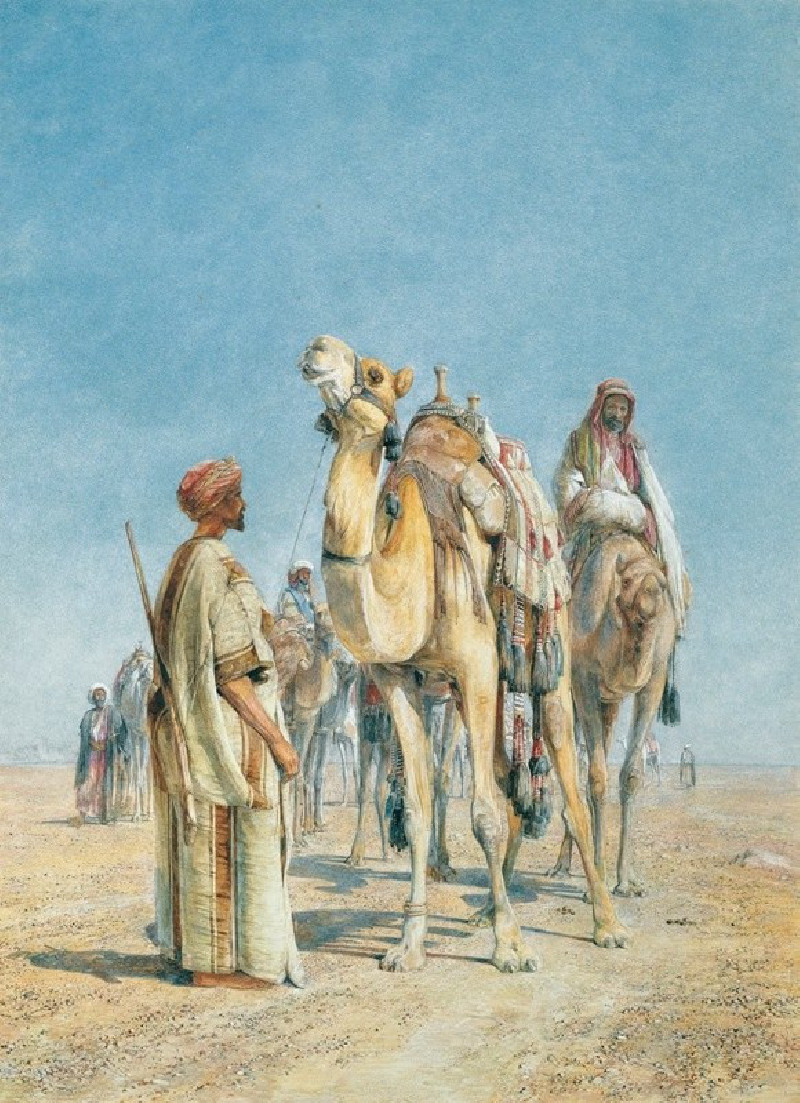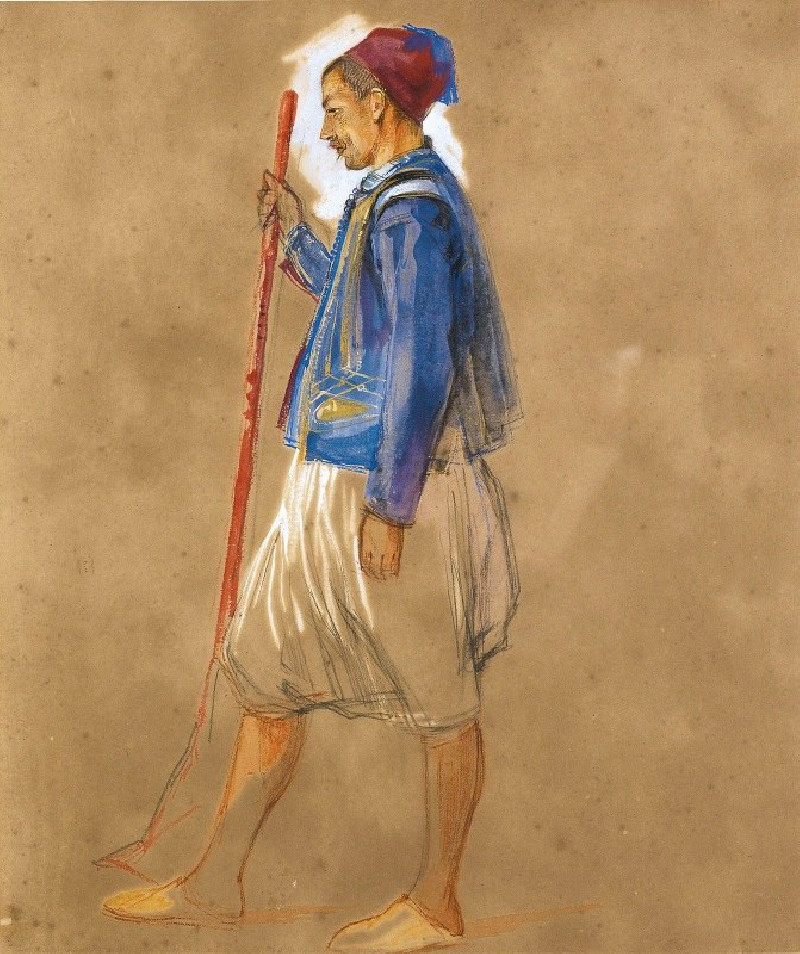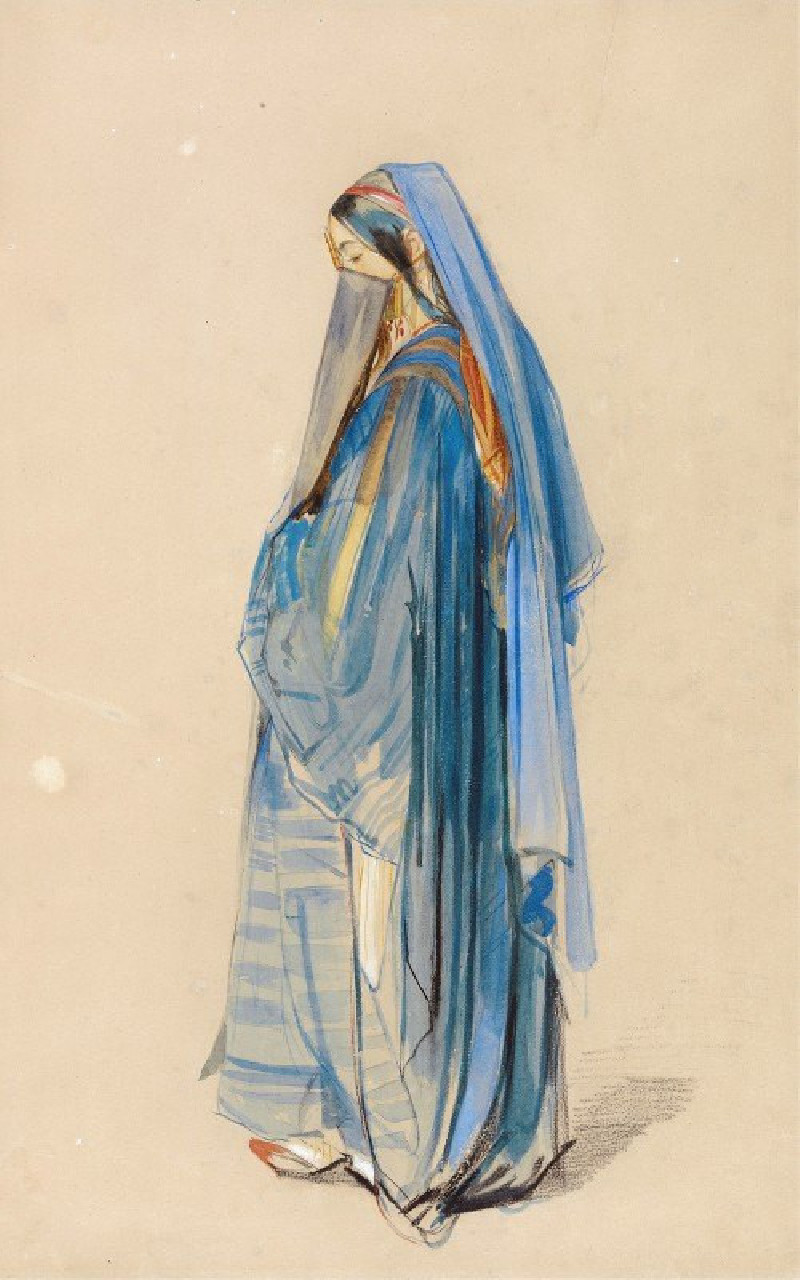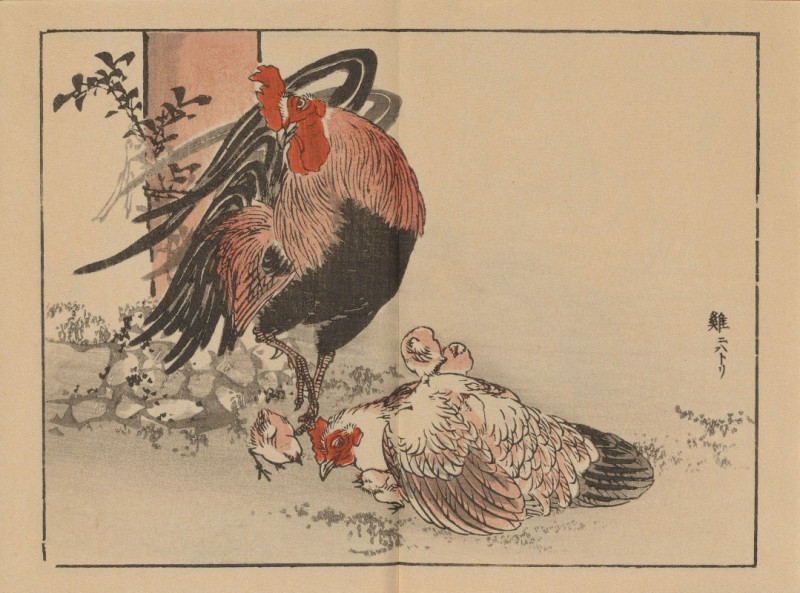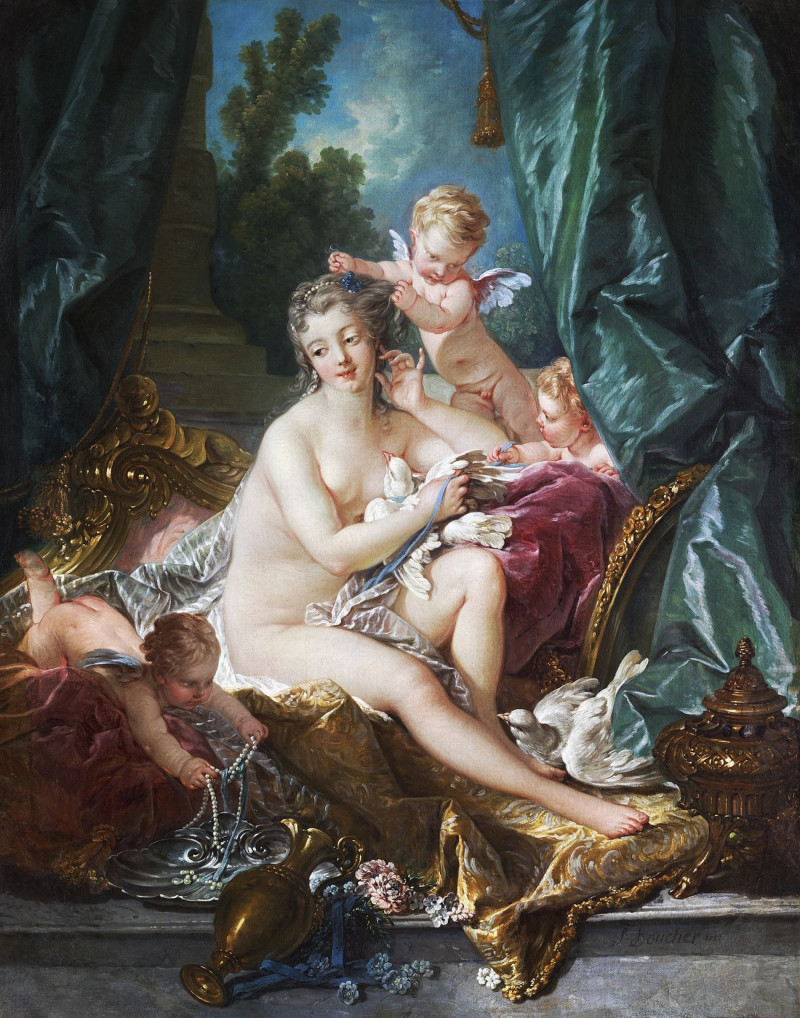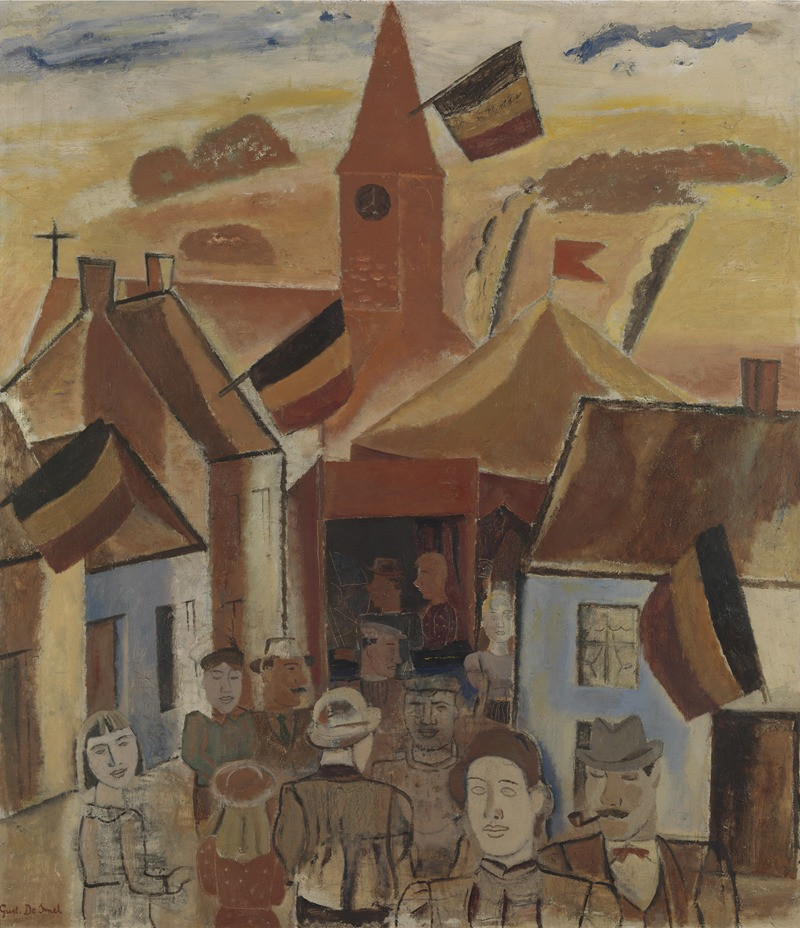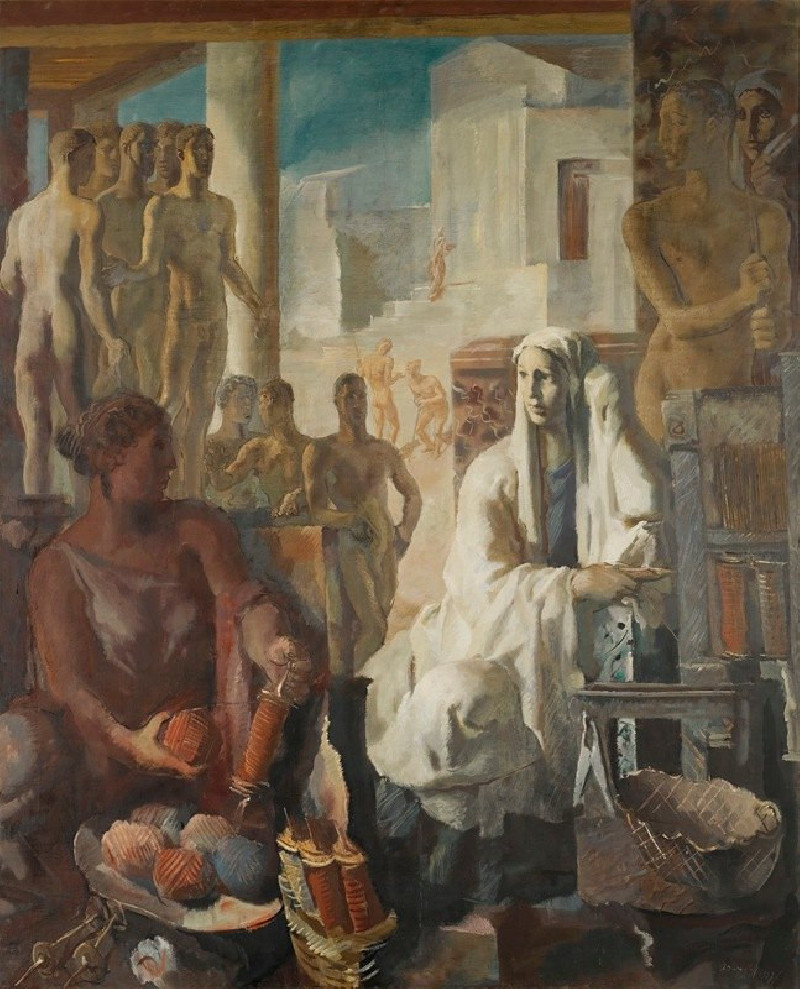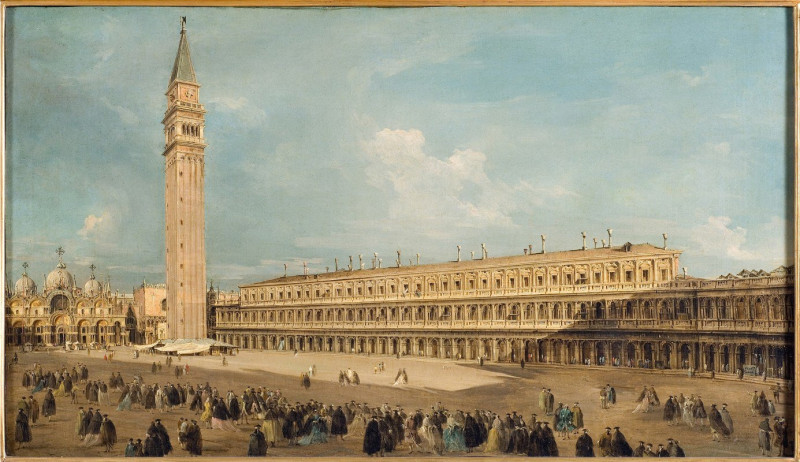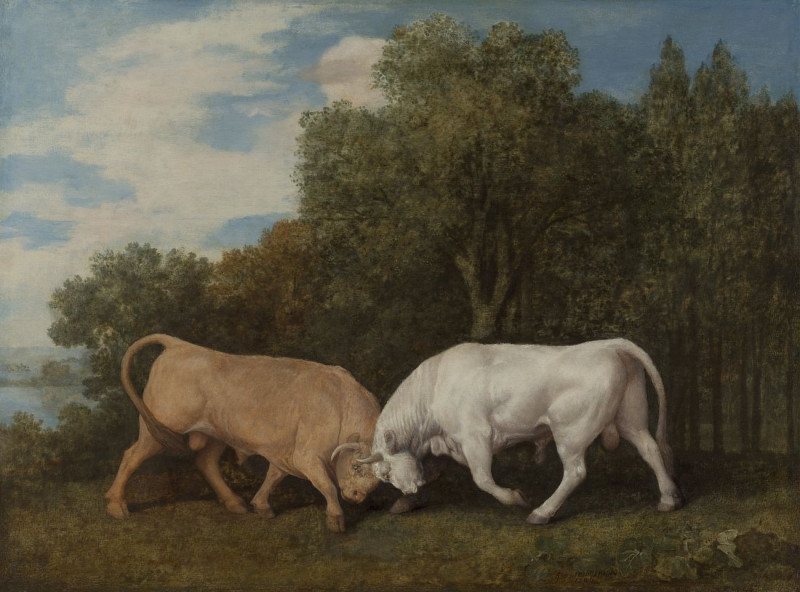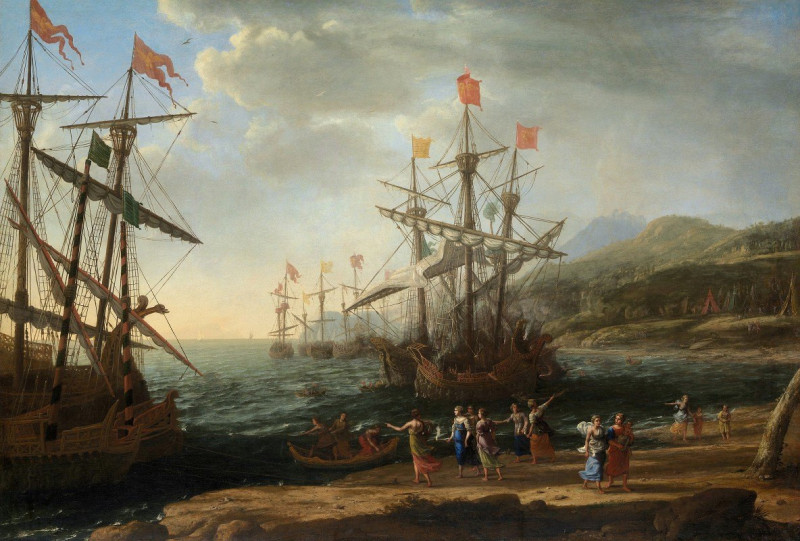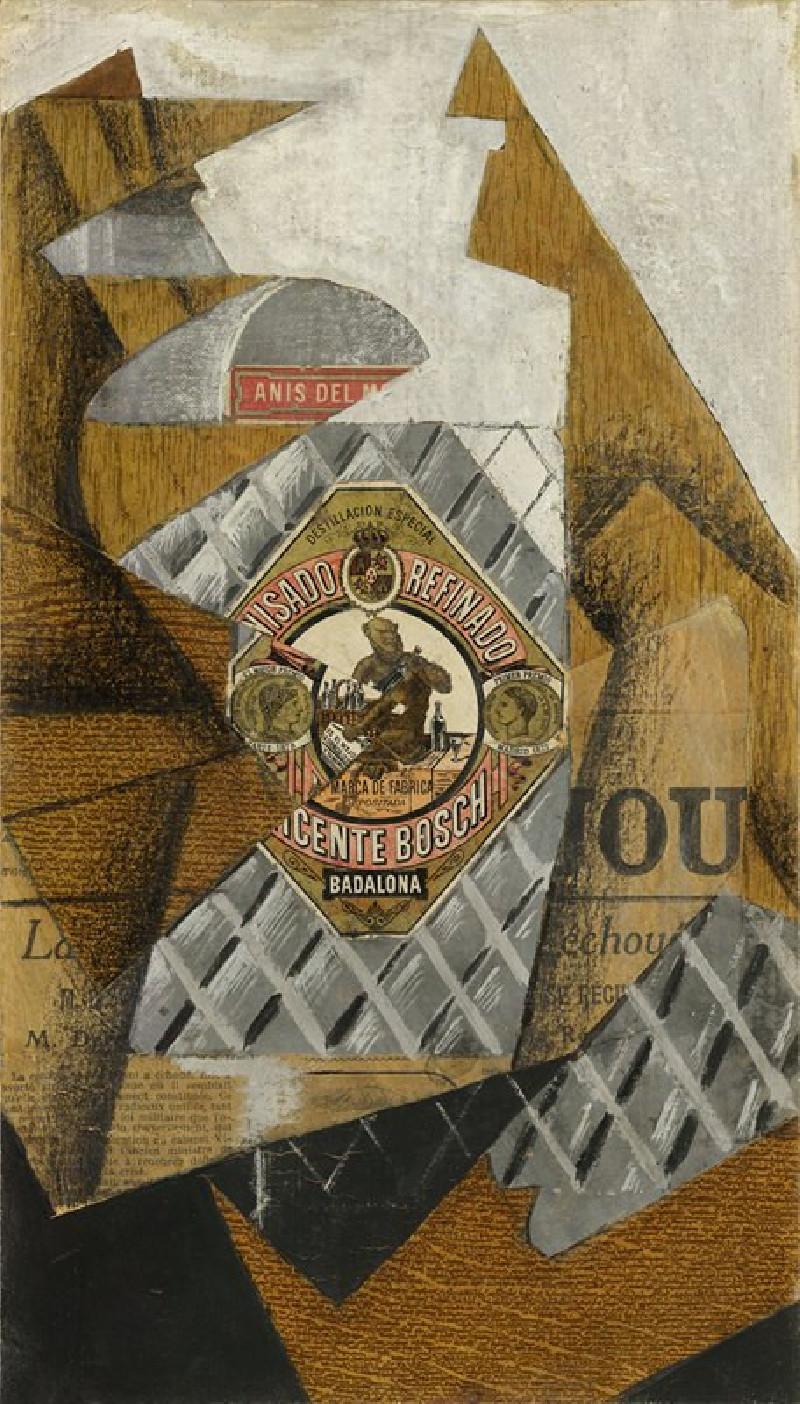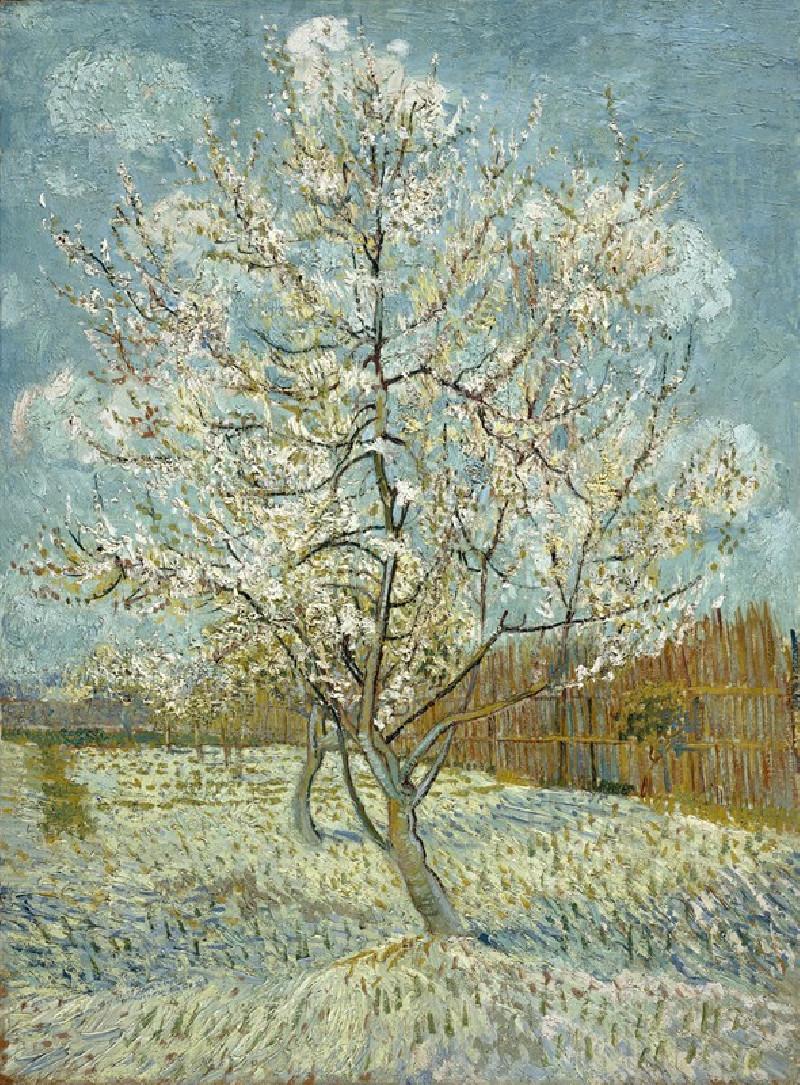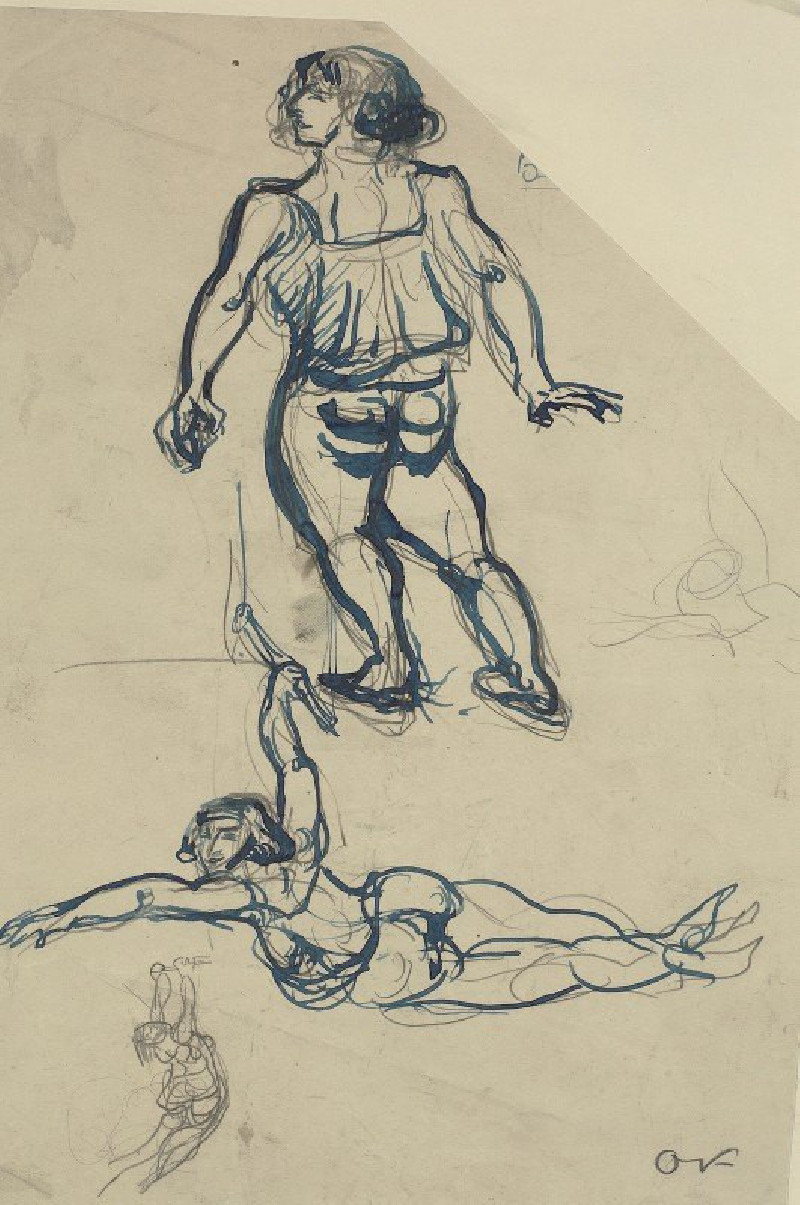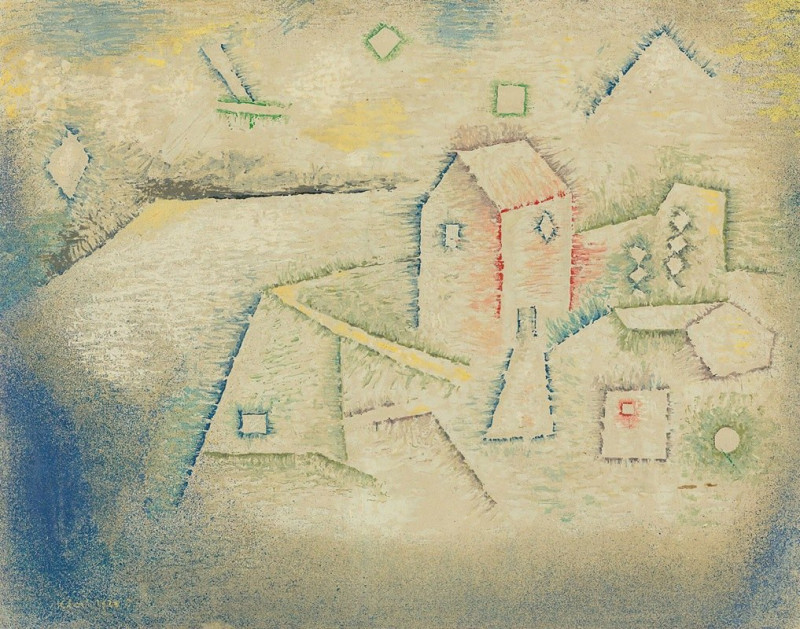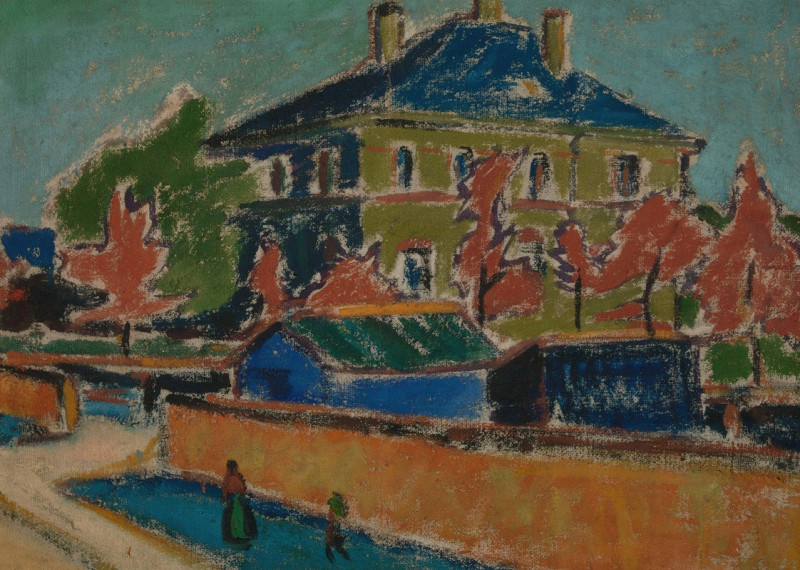The Torre de Comares, Alhambra (1835)
Technique: Giclée quality print
Recommended by our customers
More about this artwork
"The Torre de Comares, Alhambra" (1835) by John Frederick Lewis offers a captivating visual journey into the heart of Granada's most iconic monument, the Alhambra Palace. This intricate watercolor captures the essence of the palace's majestic architecture and its surrounding landscape with exquisite detail and nuanced shading.At the forefront, the Comares Tower stands tall, depicted in a delicate play of light and shadow that emphasizes its formidable yet elegant structure. Lewis successfully portrays the intricate textures of the weathered walls and the robust battlements that crown the tower. Adjacent to the tower, a beautifully arched gallery echoes the Islamic influence prevalent in Moorish architecture.The scene includes a figure dressed in period attire, lending a human element that adds scale and life to the composition. She is seen gazing out towards the horizon, perhaps lost in the serene beauty of the distant landscape or the intricate details of the fortress itself. Her presence invites viewers to step into her shoes, to pause and appreciate the historic and aesthetic splendor before her.In the background, Lewis skillfully outlines a sweeping view of the landscape that extends beyond the Alhambra, inviting the eye to wander over rooftops and distant terrains under an expansive sky dotted with birds. The panoramic vista suggests both the grandeur of the setting and its significance as a cultural and historical sentinel standing watch over Granada.John Frederick Lewis's artwork is more than just a depiction of a historic site; it is a vivid narrative woven with skill, capturing the mystique and enduring allure of the Alhambra.
Delivery
Returns
John Frederick Lewis was an English Orientalist painter. He specialized in Oriental and Mediterranean scenes in detailed watercolour or oils, very often repeating the same composition in a version in each medium. He lived for several years in a traditional mansion in Cairo, and after his return to England in 1851 he specialized in highly detailed works showing both realistic genre scenes of Middle Eastern life and more idealized scenes in upper class Egyptian interiors with little apparent Western influence.

